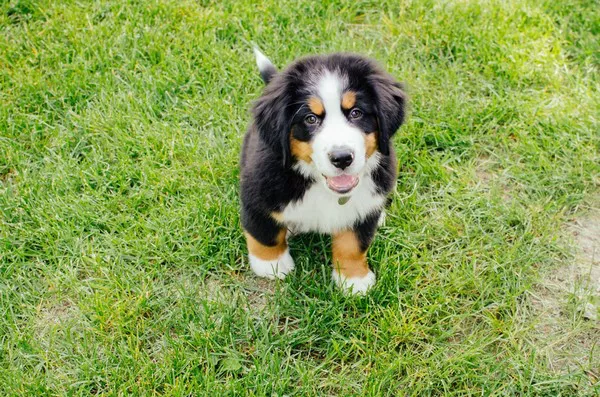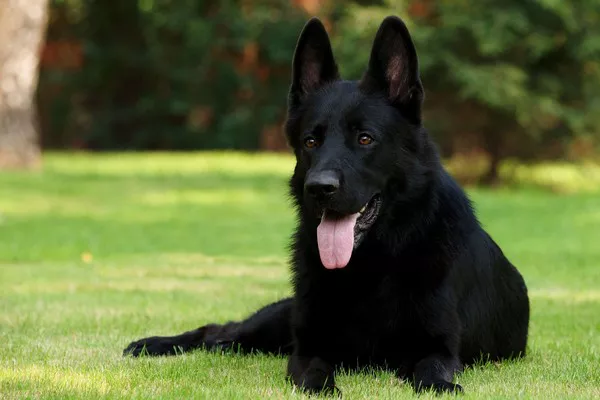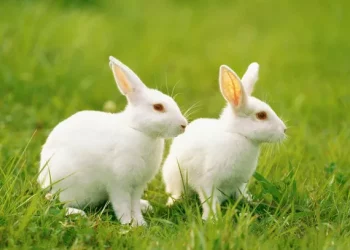When comparing two snakes like the hognose snake and the cobra, it is essential to understand that despite both being reptiles, they differ significantly in behavior, appearance, habitat, and threat levels to humans. These differences are not just biological curiosities; they have practical implications for conservation, pet ownership, and public safety. In this article, we will explore the critical distinctions between hognose snakes and cobras, shedding light on their unique traits and roles in the ecosystem.
1. Taxonomy and Classification
Hognose Snake
Hognose snakes belong to the genus Heterodon, found primarily in North America. These snakes are part of the Colubridae family, which is the largest snake family. Despite their dramatic defensive displays, they are not considered dangerous to humans. There are different species of hognose snakes, such as the Eastern hognose (Heterodon platirhinos), Western hognose (Heterodon nasicus), and Southern hognose (Heterodon simus).
Cobra
Cobras belong to the family Elapidae, and the genus Naja is the most well-known. Unlike hognose snakes, cobras are venomous and pose a significant danger to humans and animals. Species include the Indian cobra (Naja naja), Egyptian cobra (Naja haje), and the monocled cobra (Naja kaouthia), among others. Some other snakes, like the king cobra (Ophiophagus hannah), are not in the Naja genus but are closely related.
2. Physical Appearance
Size and Build
Hognose snakes are relatively small, typically ranging from 20 to 40 inches in length. They have a stout body and a distinctive upturned snout, which they use for digging. Cobras are usually much larger, with some species, like the king cobra, reaching up to 18 feet in length. Most common cobras, however, grow between 4 to 7 feet.
Coloration
Hognose snakes come in a variety of colors and patterns, including brown, gray, olive, and even albino morphs in captivity. Their colors are meant for camouflage in their natural environment. Cobras, on the other hand, have more uniform coloring depending on the species, ranging from brown and black to yellow and even reddish hues. Some cobras, like the monocled cobra, have distinct eye-like patterns.
Hood and Display
One of the most well-known features of cobras is their hood. When threatened, cobras flare their neck ribs to create a hood, making themselves appear larger and more intimidating. Hognose snakes lack this physical adaptation, but they engage in dramatic bluffing behaviors, such as flattening their necks, hissing loudly, and playing dead.
3. Behavior and Temperament
Defensive Tactics
Hognose snakes are famous for their theatrical defense mechanisms. When confronted, they may flatten their bodies, hiss, strike without opening their mouths, and finally, play dead by flipping onto their backs with their tongues hanging out. These are all non-lethal, defensive behaviors. Cobras, conversely, rely on their venom and hood displays. They will first warn with their hood and hiss, but they can and do bite if provoked.
Aggressiveness
Hognose snakes are generally shy and non-aggressive. They will avoid confrontation and rarely bite, even when handled. Cobras can be more assertive, particularly when threatened or cornered. Though they typically avoid human contact, their bites can be fatal without prompt medical treatment.
4. Venom and Human Risk
Hognose Snake Venom
Hognose snakes are mildly venomous, possessing rear fangs and a venom that is effective on amphibians and small reptiles. Their venom is not harmful to humans, although allergic reactions are possible in rare cases. Bites are extremely uncommon and are not considered medically significant.
Cobra Venom
Cobras possess potent neurotoxic venom capable of causing respiratory failure and death in humans. Their venom delivery system is highly efficient, with front-facing fangs that inject venom deep into tissues. Some cobras, like the spitting cobras, can eject venom several feet to deter threats, aiming for the eyes to cause blindness.
5. Habitat and Geographic Range
Hognose Snake Habitat
Hognose snakes are typically found in sandy or loose soils where they can burrow easily. They inhabit areas such as grasslands, woodlands, and coastal regions across North America. They are particularly adapted to dry, open environments and often stay close to their burrows.
Cobra Habitat
Cobras are more diverse in their habitats, living in forests, savannas, agricultural fields, and even urban areas across Africa and Asia. Their adaptability has helped them survive in both wild and human-modified environments. However, habitat destruction remains a significant threat to many cobra species.
6. Diet and Feeding Habits
Hognose Snake Diet
Hognose snakes primarily feed on amphibians like toads and frogs, which they subdue with their mild venom. They also consume lizards, small mammals, and reptile eggs. Their upturned snout aids in digging for buried prey. Their dietary preferences make them beneficial in controlling amphibian populations.
Cobra Diet
Cobras are generalist predators and feed on a wide range of prey including rodents, birds, eggs, frogs, and other snakes. The king cobra is particularly known for feeding almost exclusively on other snakes, including venomous ones. Cobras use their venom to immobilize and digest prey quickly.
7. Reproduction and Lifespan
Hognose Snake Reproduction
Hognose snakes are oviparous, laying clutches of 10 to 30 eggs in sandy or loose soil. The incubation period is around 40 to 60 days, depending on environmental conditions. Hatchlings are independent from birth and begin feeding within a few days. In captivity, they can live up to 15 years.
Cobra Reproduction
Cobras are also oviparous, and females lay between 10 to 60 eggs depending on the species. Some cobras, like the king cobra, show rare parental care by guarding their nests. Incubation typically lasts 45 to 80 days. Cobras can live up to 20 years or more in both wild and captive settings.
8. Role in Ecosystems
Hognose Snakes:
- Control amphibian and insect populations.
- Provide food for birds of prey and larger mammals.
- Aerate soil through burrowing behavior.
Cobras:
- Help regulate rodent and snake populations.
- Serve as key predators in their ecosystems.
- Are preyed upon by larger carnivores and some birds.
Both types of snakes are vital to maintaining ecological balance and serve important roles as both predator and prey in their respective habitats.
9. Cultural Significance
Hognose Snakes in Culture
Hognose snakes are less prominent in folklore and cultural references. However, they are popular in the pet trade due to their harmless nature and interesting behaviors. They are often used in educational programs to teach about non-venomous snakes.
Cobras in Culture
Cobras have a strong presence in mythology, especially in Indian, Egyptian, and Southeast Asian cultures. They are symbols of power, protection, and rebirth. The cobra is famously associated with Lord Shiva in Hinduism and is depicted in ancient Egyptian art and symbolism. Their hypnotic hood display has also made them a central figure in snake-charming traditions.
10. Suitability as Pets
Hognose Snakes as Pets
Hognose snakes are considered excellent pets for beginners. They are non-venomous, easy to care for, and have interesting behaviors. Their dietary needs are straightforward, and they adapt well to captivity.
Cobras as Pets
Cobras are not suitable as pets except for experienced, licensed professionals. Their venomous nature makes them extremely dangerous. In many places, keeping cobras is illegal or requires special permits and secure enclosures to prevent escape and harm.
Conclusion
While both hognose snakes and cobras belong to the vast and fascinating world of serpents, they differ profoundly in nearly every aspect. From their taxonomy and physical features to behavior, habitat, and danger levels, understanding these differences is crucial for anyone interested in reptiles, whether for education, conservation, or pet ownership. Appreciating the unique role each plays in their ecosystems helps us respect and protect these remarkable creatures rather than fear them.
Related Topics:
























